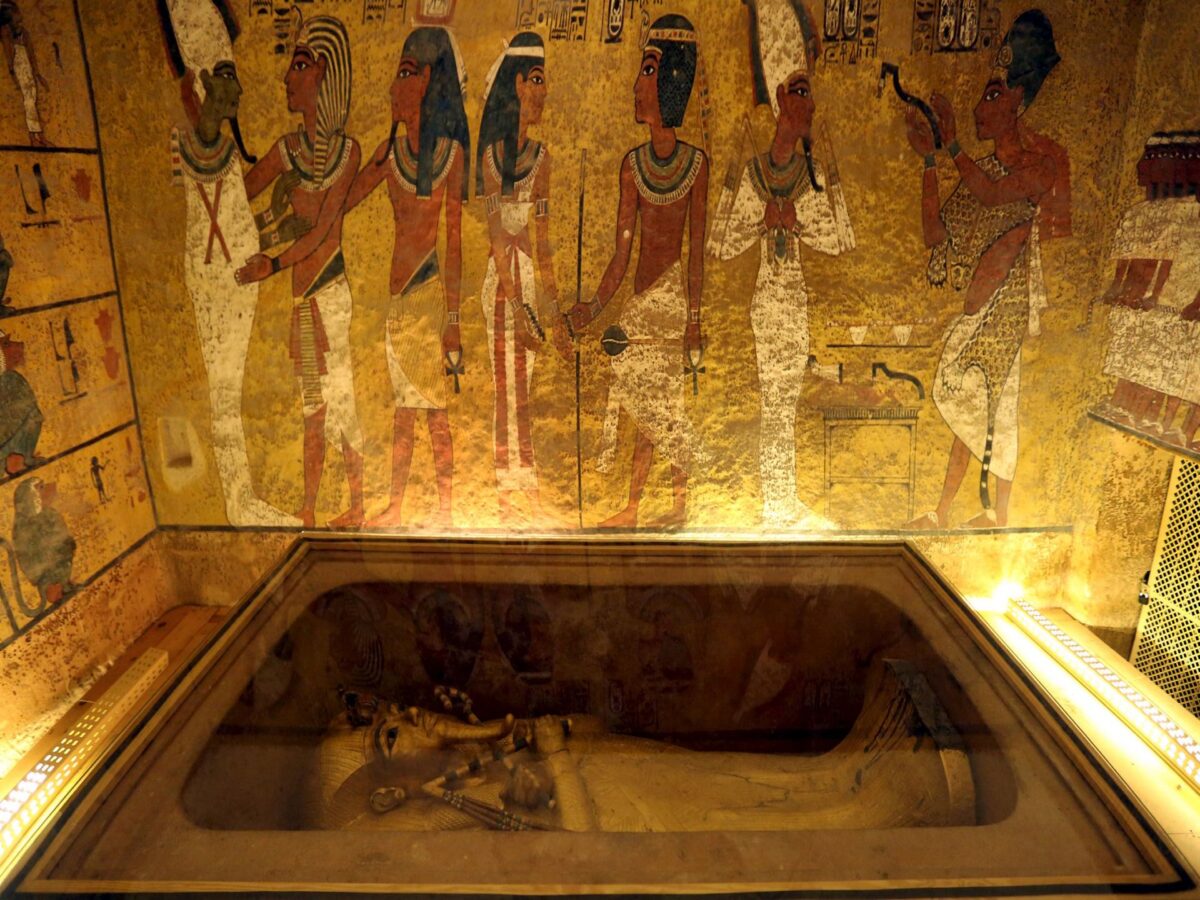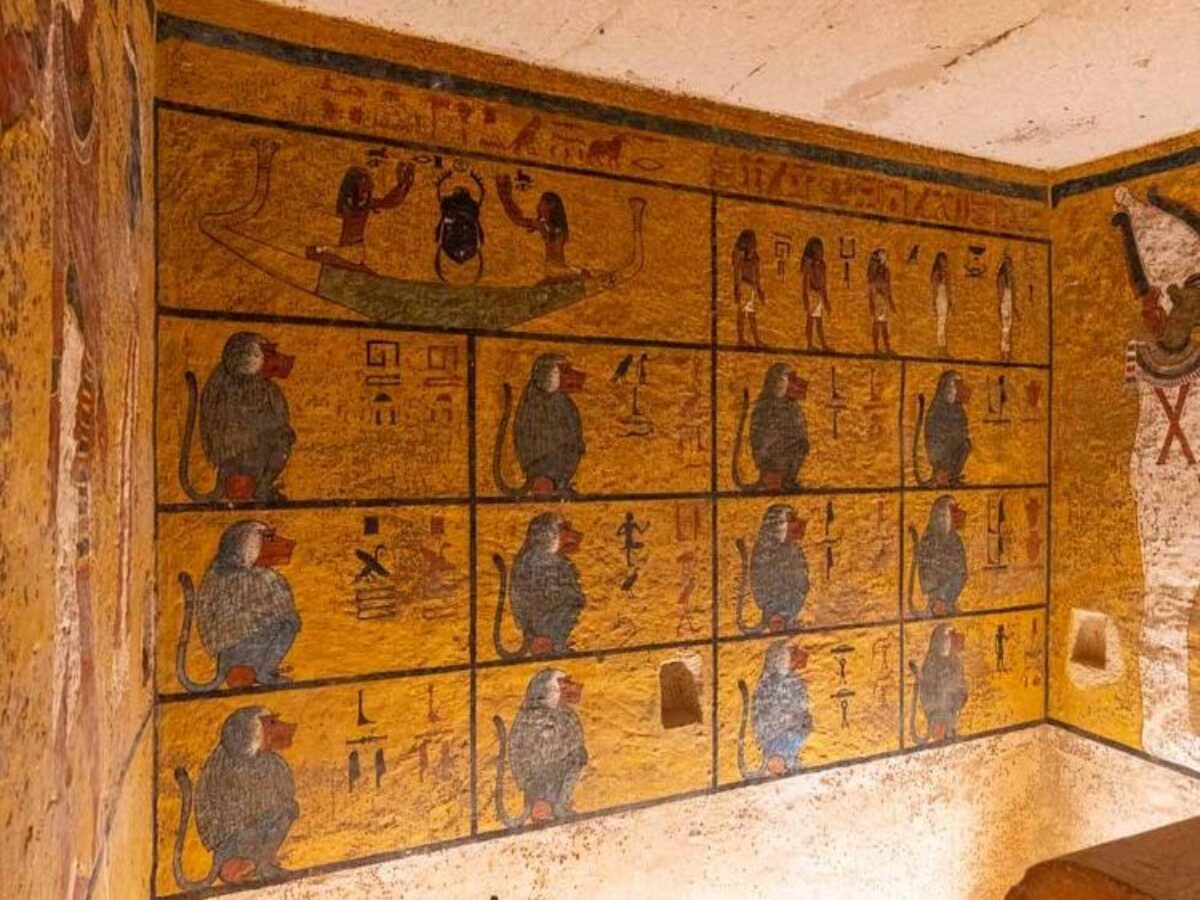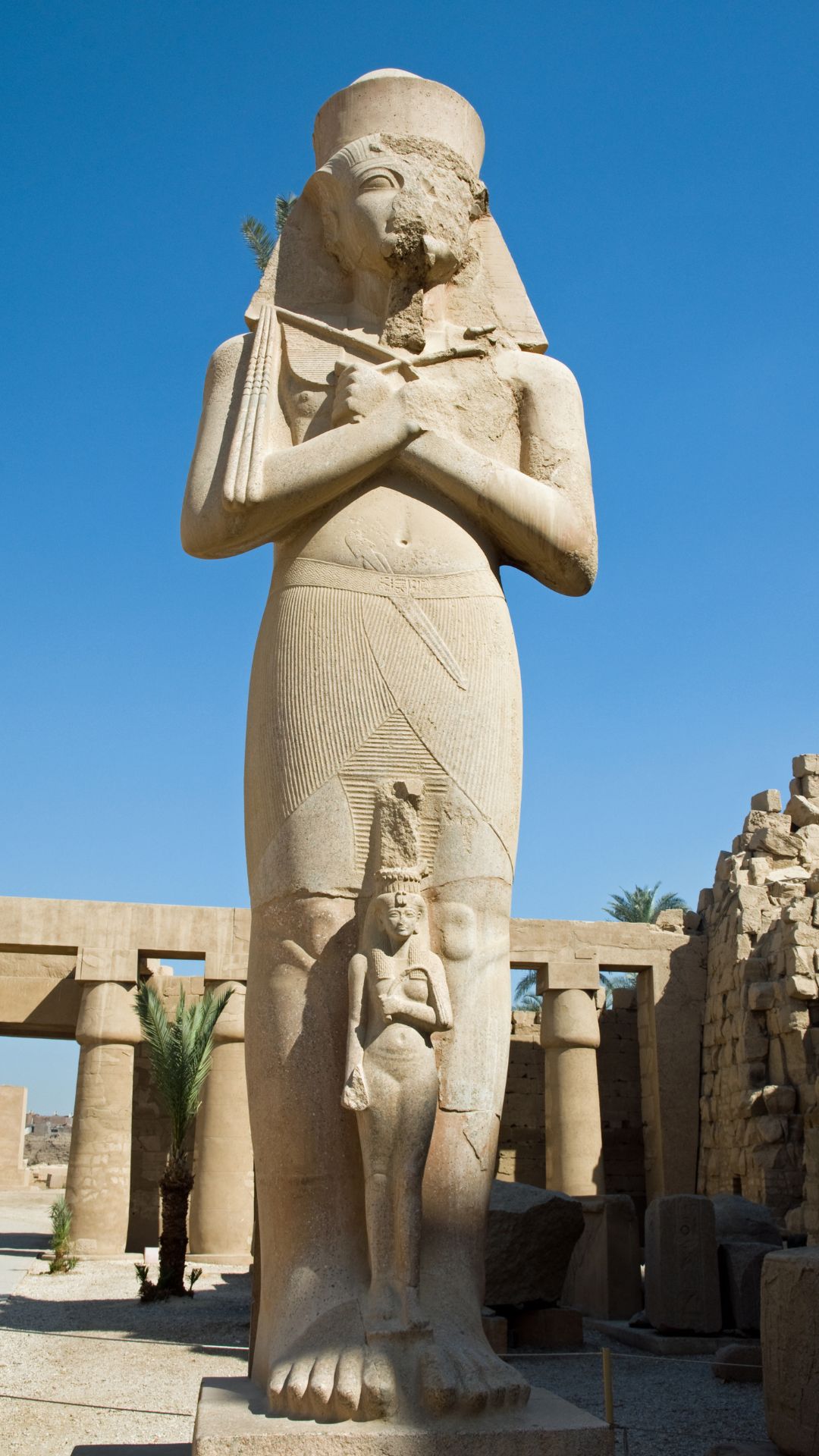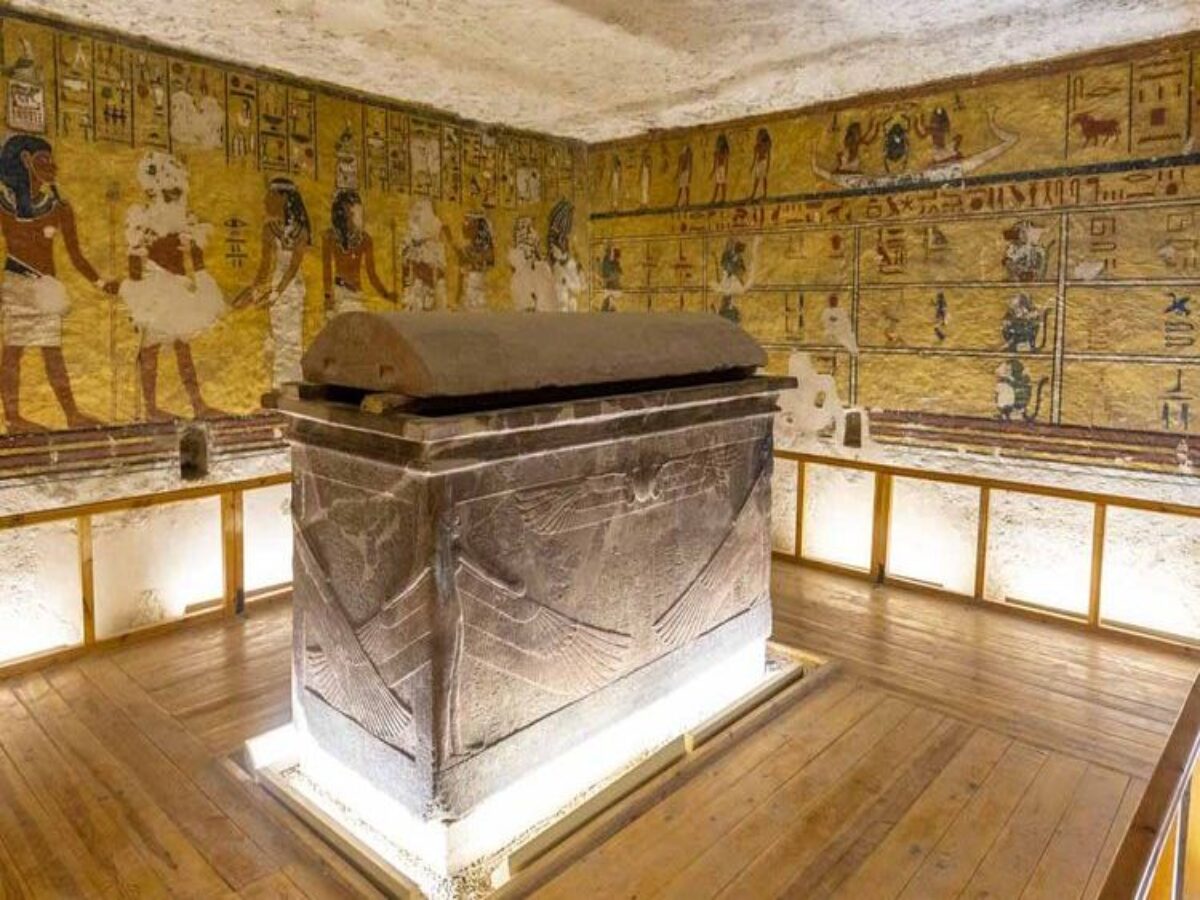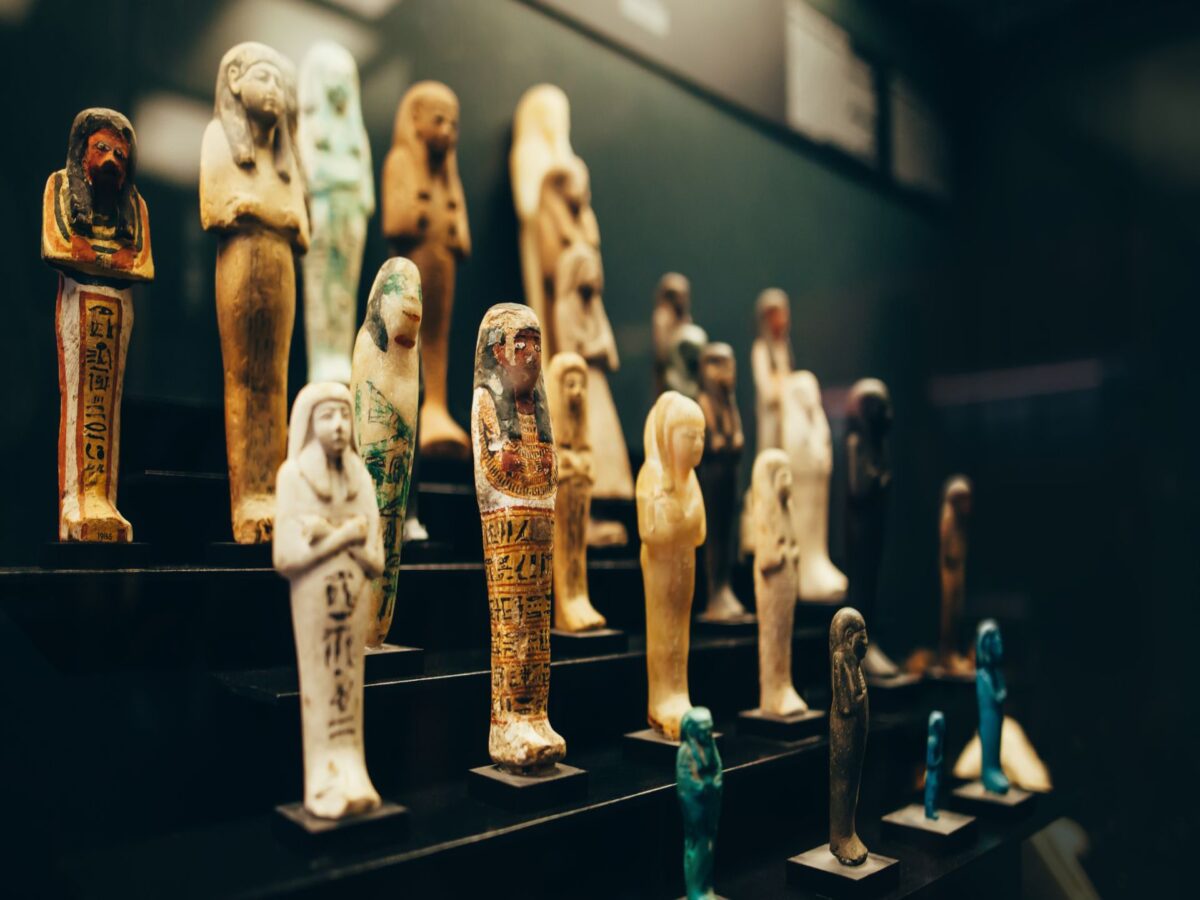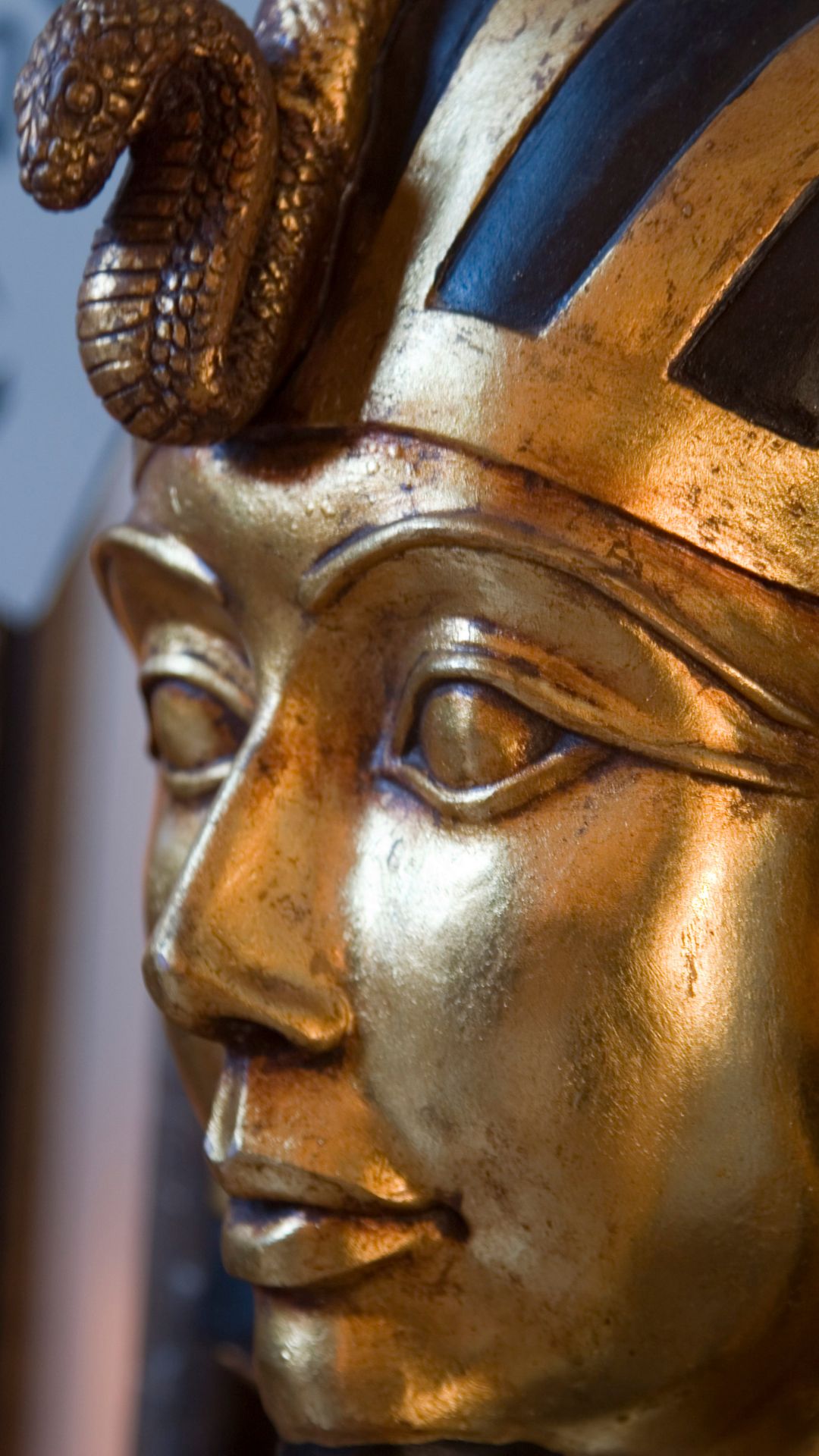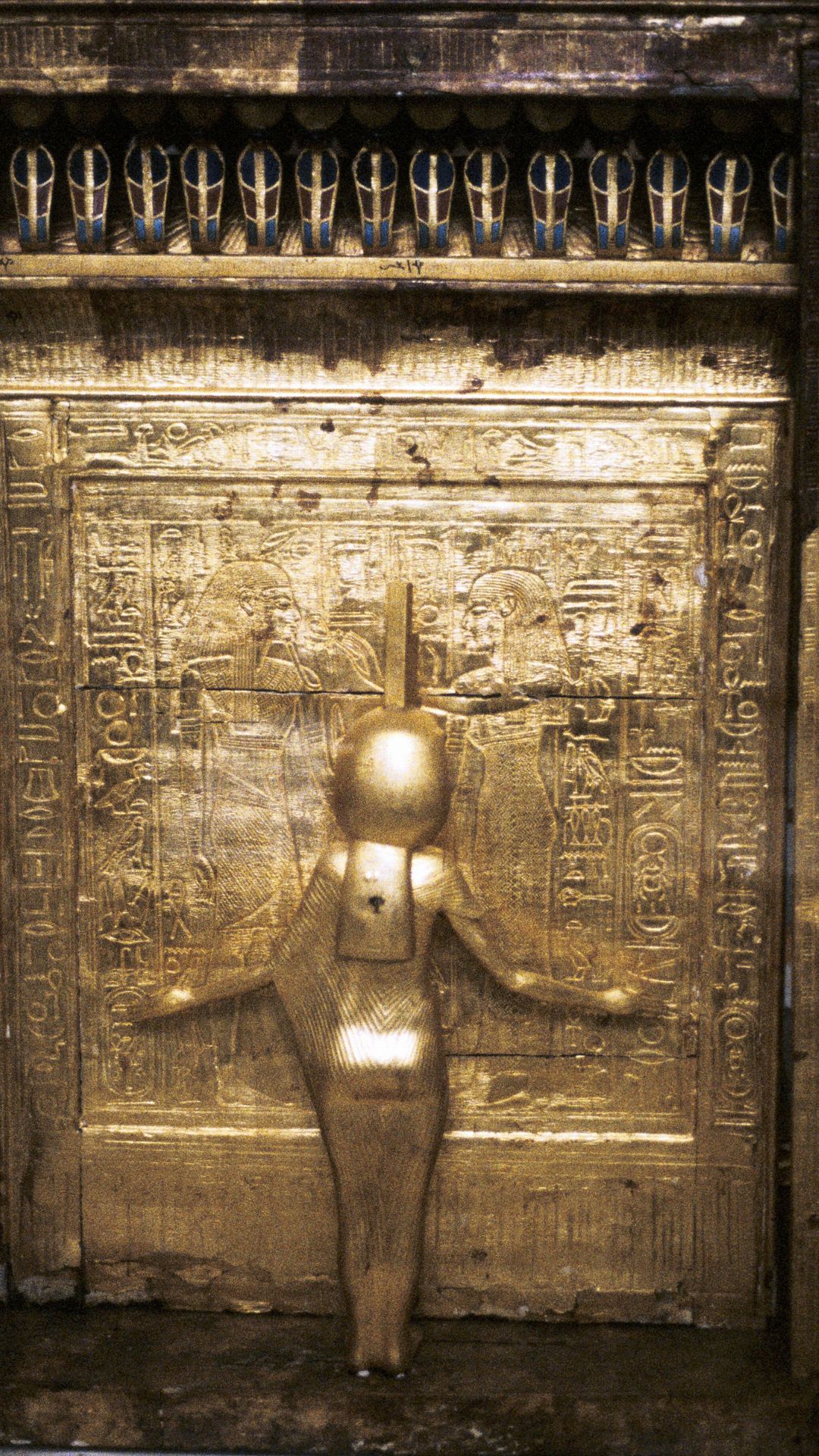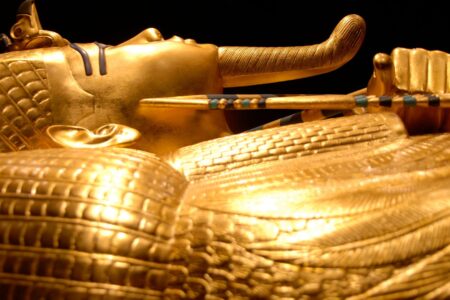The Young Pharaoh
The discovery of King Tut’s tomb and its contents in 1922 by Howard Carter has captivated people for nearly a century. More than just a tomb, it was a treasure trove of artifacts, revealing a glimpse into the life and times of the Egyptian pharaoh. The discovery also sparked a fascination with Egyptology and the golden age of the pharaohs. King Tut’s life was short but his tomb was filled with extraordinary treasures that have made him one of the most famous pharaohs of ancient Egypt.

